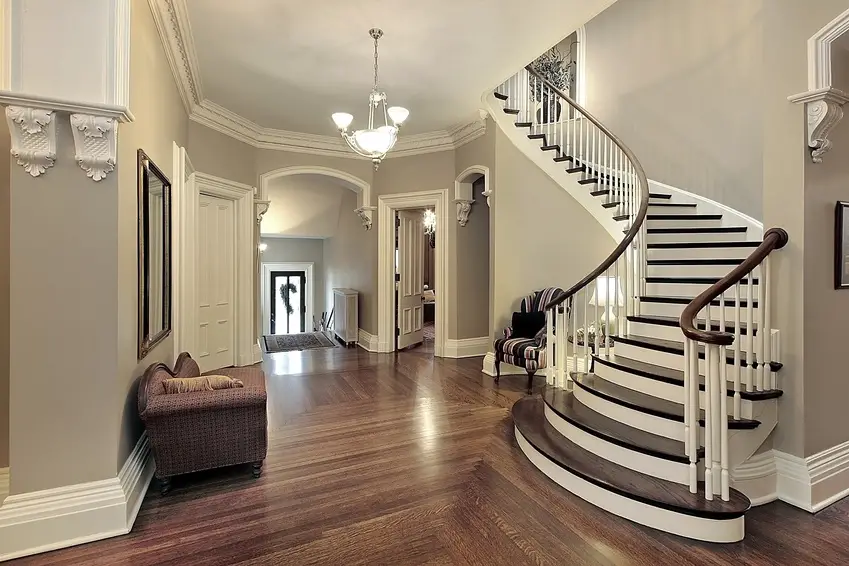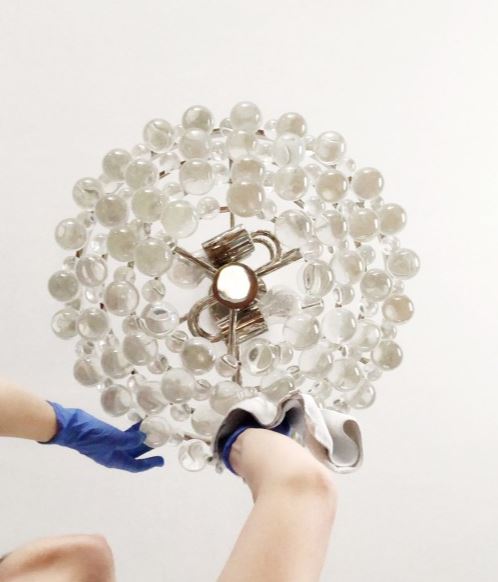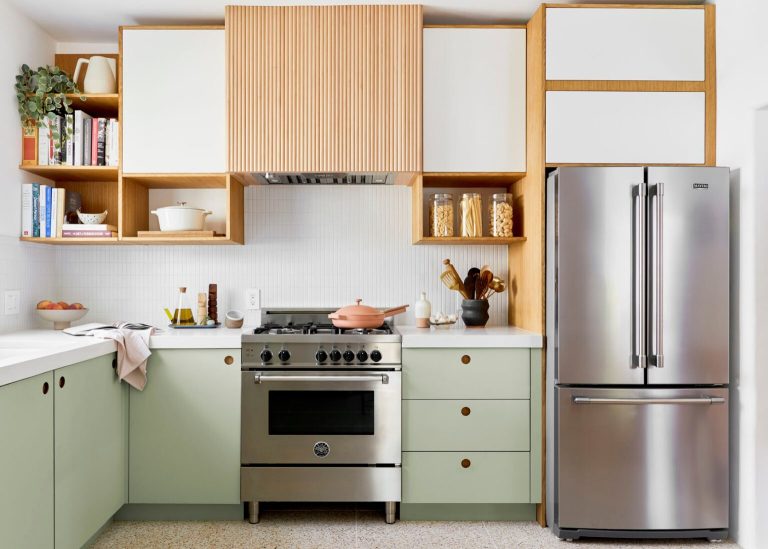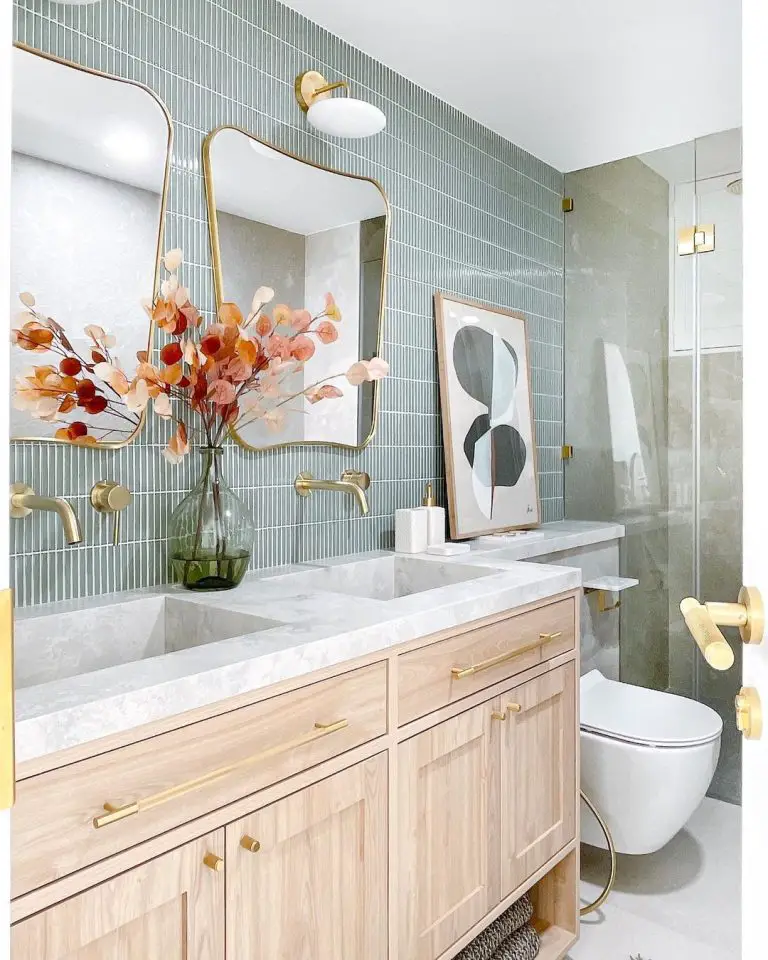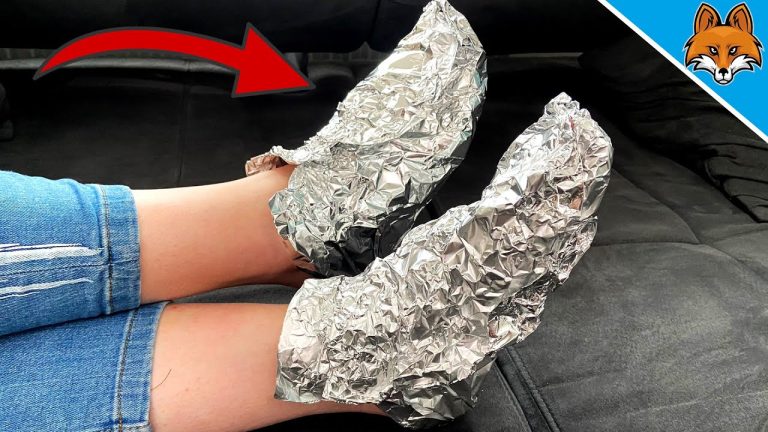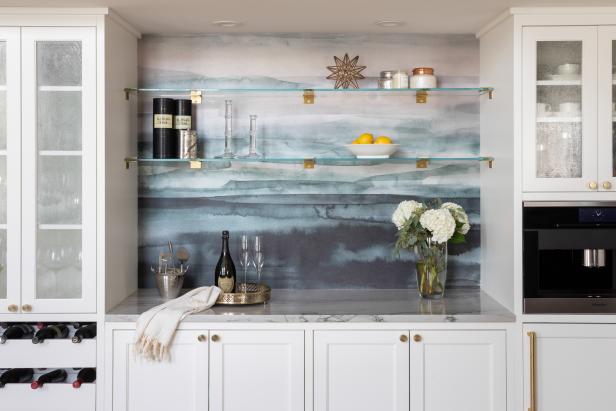How Long To Paint House Interior
Painting the interior of your house is a task that can take anywhere from one day to a few weeks, depending on the size of the home, the amount of preparation you do beforehand, and the quality of the paint job. It is important to plan your painting project carefully and to make sure you have the time and materials to complete the job. Before you begin, it is a good idea to research the different types of paint on the market and to understand the steps involved in painting an interior wall. With the right preparation and materials, you can paint your house interior in a timely and professional manner.
Benefits of Painting a House Interior
Painting the interior of your house can bring a number of benefits to your home. It can make your home look more attractive and inviting, while also protecting it from damage. Painting your house interior can also help with energy efficiency and reducing allergens in the air. Additionally, painting your house interior can increase the resale value of your property.
Painting your house interior can make it look more attractive and inviting. A good paint job can give your walls a clean, neat, and modern look, making your home more appealing to visitors. Additionally, painting your house can help protect it from water damage, mold, and mildew, by providing a layer of protection from these elements.
Painting your house interior can also help with energy efficiency. By using reflective paints and finishes, you can help limit the amount of heat that enters the home, reducing your energy bills. Additionally, painting your house with low-VOC paints can help reduce the number of allergens in the air, helping to improve air quality.
Finally, painting your house interior can increase the resale value of your property. A good paint job may give potential buyers a better impression of the house, helping you to secure a higher price for the property.
Overall, painting the interior of your house can bring a number of benefits, from improving its aesthetic appeal to increasing its resale value. It can also help protect it from damage and reduce allergens in the air, making it a great investment for any homeowner.
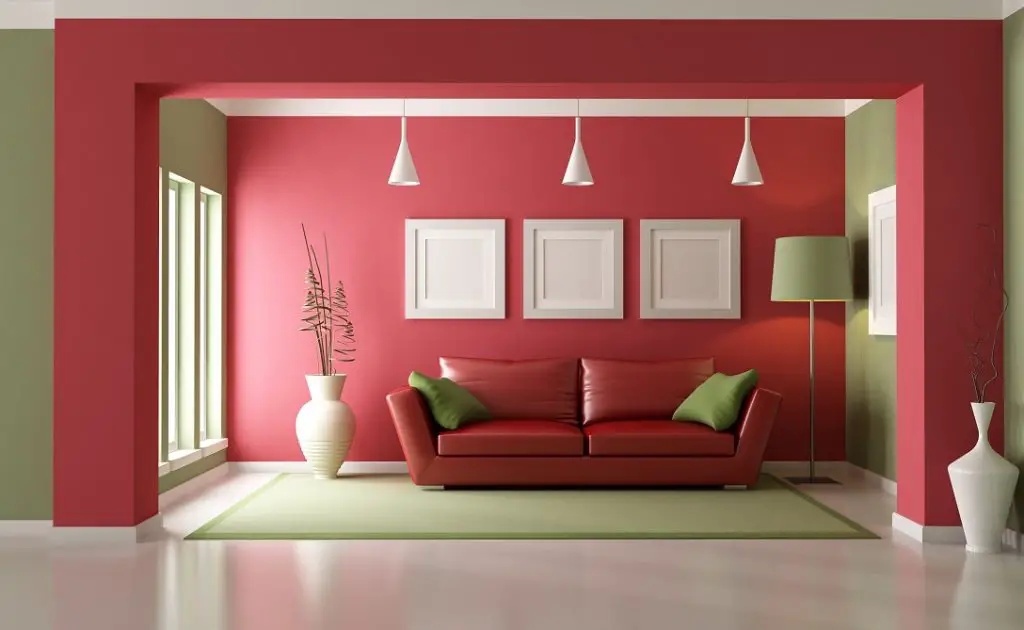
Credit: indigopaints.com
Preparing the Interior for Painting
When you’re about to paint your house interior, the first step is to prepare the space. This can be a tedious and time-consuming process, but it’s essential to ensure that the job is done correctly. Before you begin painting, you must clean, repair, and prepare the walls and ceilings.
Cleaning is essential to help your paint adhere to the walls. Begin by wiping down the walls, doors, and trim with a damp cloth to remove dust, dirt, and grime. You may need to do this more than once. You may also want to use a vacuum with a brush attachment to remove cobwebs and other debris from the walls and ceilings.
You’ll also need to repair any holes, cracks, and other imperfections in the walls and ceilings. Use a putty knife to scrape off any loose paint, and then fill in any holes with spackle. Sand the surface of the wall or ceiling until it is smooth. This will help the paint adhere better and ensure a professional finish.
Once the walls and ceilings are clean and repaired, you’ll need to prime them. Primer helps the paint to adhere better and also helps to hide imperfections. Choose a primer specifically designed for the type of paint you’re using.
Once all the walls and ceilings are clean, repaired, and primed, you’ll be ready to begin painting. The time it takes to paint the interior of a house will vary depending on the size and condition of the home, the type of paint, and the number of coats you need to apply. However, with the proper preparation, you can expect your painting project to be completed in a timely fashion.
Choosing the Right Paint
Choosing the right type of paint is essential when it comes to painting the interior of your home. Different types of paint provide different levels of protection, and each type of paint is best suited for certain surfaces. It is important to choose the right type of paint for the job, as it will determine how long it will take to finish the painting project. Latex paint is a popular option for interior painting projects, as it provides a long-lasting finish that is resistant to wear and tear. Acrylic paints are also frequently used for interior painting projects, as they dry quickly and offer excellent coverage. Oil-based paints are a bit more difficult to work with, but they are also more durable and can provide a glossy finish. No matter what type of paint you choose, it is important to make sure that it is properly applied for the best results.
Calculating the Amount of Paint Needed
Painting your house interior can be a daunting task, considering the amount of time and effort it can take. But before you begin, it’s important to understand the amount of paint needed to complete the job. Knowing how much paint to buy can help you budget for the project and ensure you have enough to get the job done.
The amount of paint needed for a house’s interior depends on the size of the area to be painted, the type of paint used, and the number of coats required. Calculating the right amount of paint is essential to the success of your project. Start by measuring the walls and ceilings in the area to be painted and multiplying the height by the width. This will give you the total square footage of the area.
Next, consider the type of paint you will be using. Different paints require different amounts of paint per square foot. For example, a one-coat paint requires more paint per square foot than a two-coat paint. Make sure to check the coverage rate on the paint can to determine the amount of paint needed.
Finally, consider the number of coats you will need to apply. In general, it is recommended to apply two coats of paint for a professional look. This means you will need to double the amount of paint calculated for one coat.
By taking the time to calculate the amount of paint needed, you can ensure you purchase enough paint for your house interior project. By knowing how much paint is needed, you can also budget and plan for the painting project.

Applying the Paint
When it comes to painting the interior of your home, the first step is to apply the paint. This is a laborious and time-consuming process that requires plenty of preparation and patience. The amount of time it takes to paint a house interior depends on a variety of factors such as the size of the house, the number of rooms, the type of paint, and the skill of the painter. If you’re a novice painter, it’s important to familiarize yourself with the basics before attempting to paint your home. This includes understanding the different types of paint available, the tools needed, and the techniques used. Once you have the necessary supplies and knowledge, you can begin to plan the painting process.
The size of the house is a major factor when it comes to determining how much time it will take to paint the interior. A larger home with more rooms could take up to a week or more to complete. On the other hand, a small apartment may only take a few days. If you are a professional painter, you may be able to complete the job in a fraction of the time.
Another important factor is the type of paint you use. Oil-based paints require more prep time and a longer drying time than water-based paints. They also require more coats than water-based paints. Additionally, specialty paints such as textured or faux finishes can take more time to apply.
Finally, the skill of the painter will also affect how long it takes to paint a house’s interior. If you are new to painting, it may take longer to complete the job. An experienced painter, however, will be able to complete the job much faster.
In conclusion, the amount of time it takes to paint a house’s interior depends on several factors, such as the size of the house, the type of paint, and the skill of the painter. With the proper supplies and knowledge, you can plan the painting process and determine how long it will take to complete.
Drying and Curing Times
Painting is one of the most important steps in transforming a house’s interior. It is also one of the most time-consuming. The amount of time it takes to paint a house interior depends on a few factors, such as the size of the room, the quality of paint being used, and the climate. However, it’s important to understand that the drying and curing of the paint also play a major role in the timeline.
When painting, the paint needs to dry to the touch before applying a second coat. The drying time depends on the type of paint and the climate. Latex paints typically dry within 1 to 3 hours in a warm and dry climate, whereas oil-based paints can take up to 24 hours to dry. In a humid climate, the drying time can be much longer.
Curing is the process in which paint hardens and becomes resistant to dirt, moisture, and other environmental factors. The curing time of paint is longer than the drying time and can take anywhere from 7 days to a month to fully cure. In some cases, it can take up to 3 months for the paint to completely cure.
Overall, the amount of time it takes to paint a house interior is dependent on the size of the room, the paint being used, the climate, and the drying and curing times. It’s important to factor all of these things into consideration when determining how long the painting project will take.
Cleaning Up After Painting
Painting your house’s interior is a long, intensive process. But, just because the painting is done doesn’t mean the job is done. Cleaning up after painting is just as important as the painting itself. The amount of time it takes to clean up depends on how much painting was done, the type of surface that was painted, and the type of paint used.
No matter what type of paint was used, it is important to remove any dust, dirt, and debris that accumulated during the project. This will help ensure that the paint looks good and lasts for a long time. Vacuuming is the easiest way to remove debris. If there are any spills or pieces of paint that have gotten on the floor, use a wet mop to clean them up.
In addition to the floors, the walls and window sills should also be wiped down with a damp cloth. This will help remove any drips or smudges that may have been left behind. Once all of the surfaces are wiped down, it’s time to put away all the tools and materials that were used during the project. This includes paintbrushes, rollers, trays, tape, and any other items that were used.
The amount of time it takes to clean up after painting can vary, but it usually only takes a few hours. The key is to be thorough and make sure all of the surfaces are wiped down and all of the supplies are put away. Doing this will help ensure that your newly painted interior looks great and lasts for a long time.
Troubleshooting Common Painting Issues
Painting the interior of your home can be a daunting task. Many homeowners attempt to take on the job themselves, only to get frustrated when they encounter common painting issues. Before you start painting your home’s interior, you need to know how to troubleshoot and handle common painting issues.
From minor issues like bubbles and paint runs to major issues such as paint peeling and chipping, there are a number of problems that can arise when painting the interior of your home. If you’re not sure how to solve these issues, it’s important to seek the advice of a professional painter or home improvement expert.
To help you troubleshoot common painting issues and get the most out of your interior painting project, here are some tips:
- For paint runs or sags, brush out the paint runs and feather out the edges. Use a flat brush to smooth out the edges and prevent more runs from forming.
- For bubbling or blistering paint, scrape away the flaking paint and sand the area. Apply a coat of primer before repainting.
- For paint peeling or chipping, remove the loose or chipped paint and sand the area. Apply a coat of primer and two coats of paint.
- For paint fading or discoloration, apply a coat of primer and two coats of paint.
By following these tips for troubleshooting common painting issues, you can save time, money, and frustration. With the right preparation and knowledge, you can ensure that your interior painting project turns out just as you envisioned.
Conclusion
Painting the interior of a house can take anywhere from a few days to a few weeks, depending on the size of the house and the experience of the painter. It is important to research the painter’s qualifications and get an accurate estimate of the time it will take to complete the job. With a good painter and proper planning, you can have your house looking fresh and new in no time.

